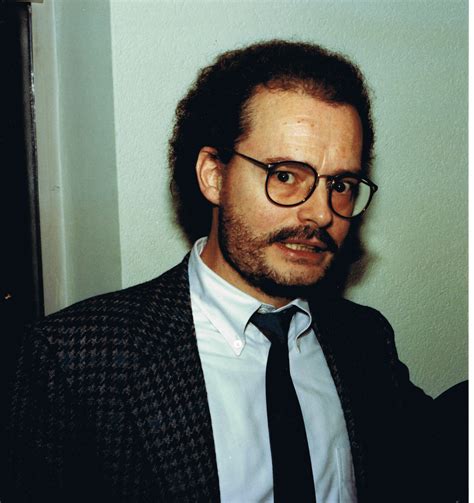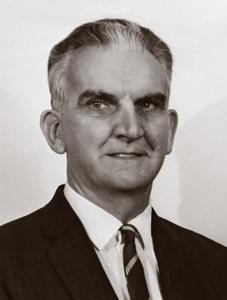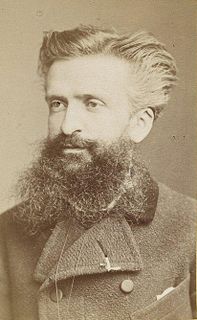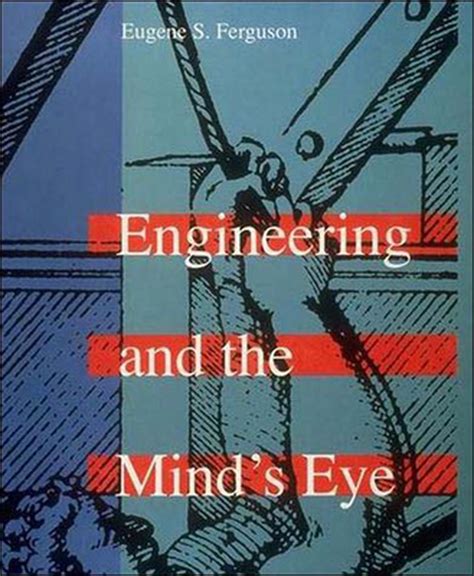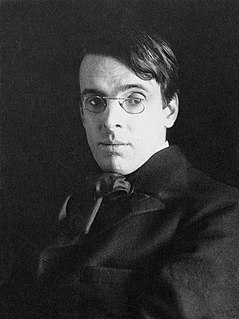A Quote by Susan Sontag
Experiences aren't pornographic; only images and representations - structures of the imagination - are.
Quote Topics
Related Quotes
An enormous amount of art and literature is erotic in the sense that it stimulates vague sexual emotions, but it has no pornographic intention or effect because "it leaves everything to the imagination." The consumer has to invent his own images, and it is felt, I do not know with what justification, that there is no harm in this.
Computer images, like camera images today, will be seen as representations of a simulated, second-degree reality with little or no connection to the unmediated world. This is one lesson we can learn from photographs, and especially from those of the last 25 years: images exist not to be believed, but to be interrogated.
Human artifacts not only include material structures and objects, such as buildings, machines, and automobiles, but they also include organizations, organizational structures like extended families . . . tribes, nations, corporations, churches, political parties, governments, and so on. Some of these may grow unconsciously, but they all originate and are sustained by the images in the human mind.
A crowd thinks in images, and the image itself calls up a series of other images, having no logical connection with the first...A crowd scarcely distinguishes between the subjective and the objective. It accepts as real the images invoked in its mind, though they most often have only a very distant relation with the observed facts....Crowds being only capable of thinking in images are only to be impressed by images.
Pornographic or erotic stories and pictures are worse than filthy or polluted food. The body has defenses to rid itself of unwholesome food. With a few fatal exceptions, bad food will only make you sick but do no permanent harm. In contrast, a person who feasts upon filthy stories or pornographic or erotic pictures and literature records them in this marvelous retrieval system we call a brain. The brain won't vomit back filth. Once recorded, it will always remain subject to recall, flashing its perverted images across your mind and drawing you away from the wholesome things in life.
The evolutionary vision is agnostic in regard to systems in the universe of greater complexity than those of which human beings have clear knowledge. It recognizes aesthetic, moral, and religious ideas and experiences as a species, in this case of mental structures or of images, which clearly interacts with other species in the world's great' ecosystem.
Pyramids, cathedrals, and rockets exist not because of geometry, theories of structures, or thermodynamics, but because they were first a picture- literally a vision-in the minds of those who built them. Society is where it is today because people had the perception; the images and the imagination; the creativity that the Arts provide, to make the world the place we live in today.
A symbol is indeed the only possible expression of some invisible essence, a transparent lamp about a spiritual flame; while allegory is one of many possible representations of an embodied thing, or familiar principle, and belongs to fancy and not to imagination: the one is a revelation, the other an amusement.
As words are not the things we speak about, and structure is the only link between them, structure becomes the only content of knowledge. If we gamble on verbal structures that have no observable empirical structures, such gambling can never give us any structural information about the world. Therefore such verbal structures are structurally obsolete, and if we believe in them, they induce delusions or other semantic disturbances.




